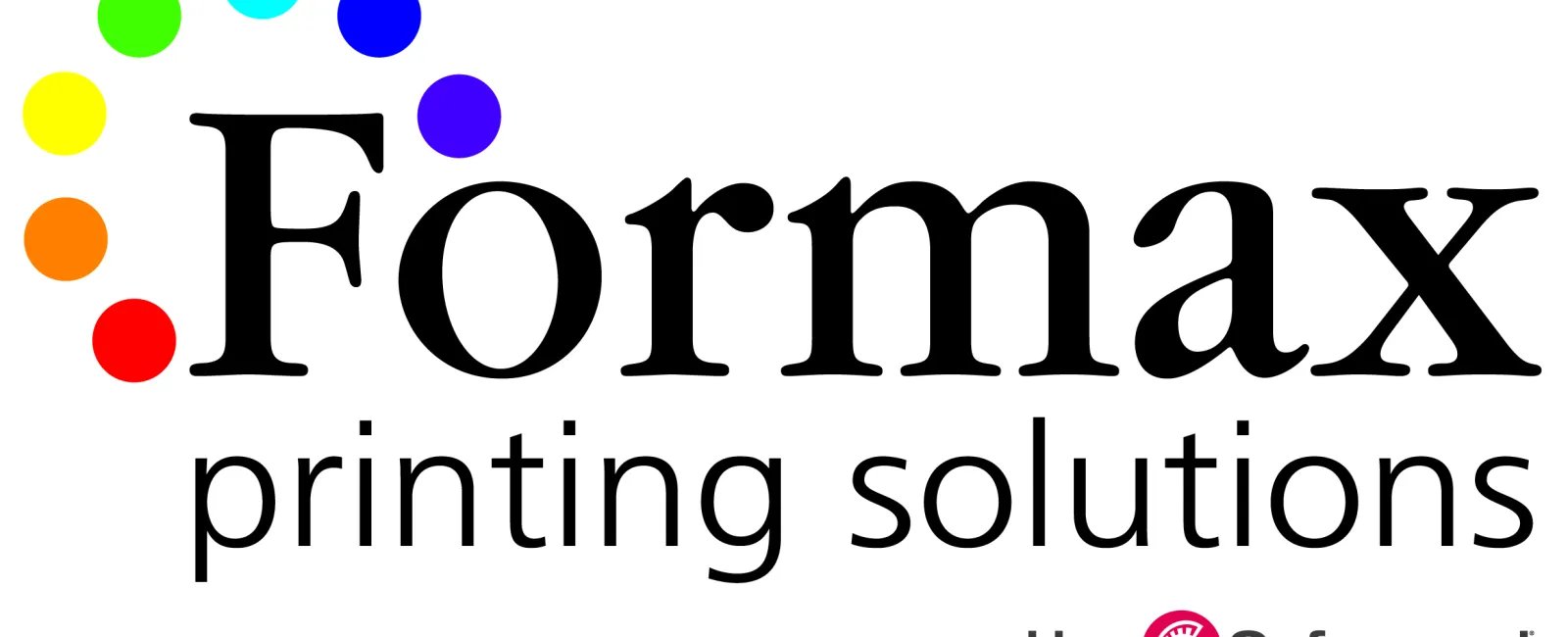Of all the questions I am asked in a given week, questions about "Bleed" are definitely the most common. In printing, the term "Bleed" means that the ink coverage extends all the way to the edge of the paper.

To illustrate, look at the business card shown as Example 1. The ink on this card Bleeds on three sides - left, right and bottom. This is because the ink is touching these three edges of the business card. The ink coverage does not touch the top edge of the card, therefore the ink on this card does not Bleed at the top.
Now look at Example 2. This card Bleeds on all four sides because the ink coverage extends to all four edges. This is called a Full Bleed.
Finally, we have Example 3. Notice that no ink coverage extends to any of this card's edges. This means the ink on this card does NOT Bleed.
In most cases, to produce a printed piece with a Bleed, the printer must print the artwork on paper larger than the desired size. Then, the larger paper is trimmed down to its final size.
Why Learn about Bleeds?
Understanding Bleeds is important because it affects the way the original artwork file must be set up. To create a bleed, the artwork must be designed to be larger than the final cut size.
In the case of a 2- x 3.5- business card with full ink bleed, the artwork is designed to measure 2.25- x 3.75-. This is so the artwork extends .125- (1/8-) beyond each edge that will get trimmed off. This ensures that no white area shows at the edge of the card after trimming.
Printed Envelopes are an Exception
Envelopes are an exception to the +.125- (1/8-) bleed rule. Artwork that Bleeds on the face of an envelope is folded around to the back. This allows the ink to extend to the edge(s) on the face. To prevent the back of the envelope from receiving too much of the face design's ink, the artwork should be set up to extend beyond the face of the envelope by only .0625- (1/16-) on any edges that Bleed.
Remember Bleeds in the Original Set Up
The designer must set up bleeds correctly in the original artwork file. This is because if the printer tries to "stretch" the artwork so that it extends enough to allow for trimming (or folding in the case of envelopes), it can distort the intended design and also move text or other components closer to the edge than intended. Also, the designer must consider the amount of the design that will be trimmed off with the paper so that the final result comes out as expected.
Still not sure about Bleeds? Give us a call at 866.367.6221 or submit our quote request form and we would be happy to help.
Take care! Rick




